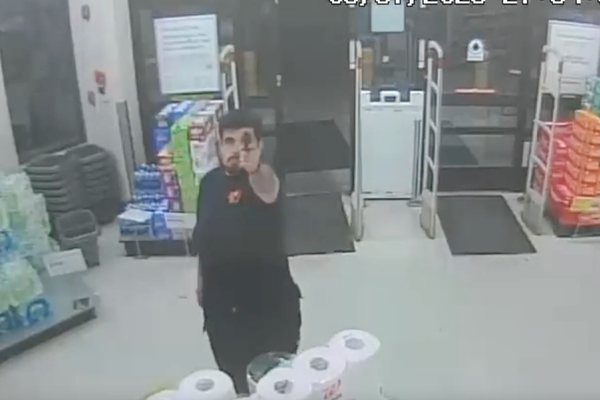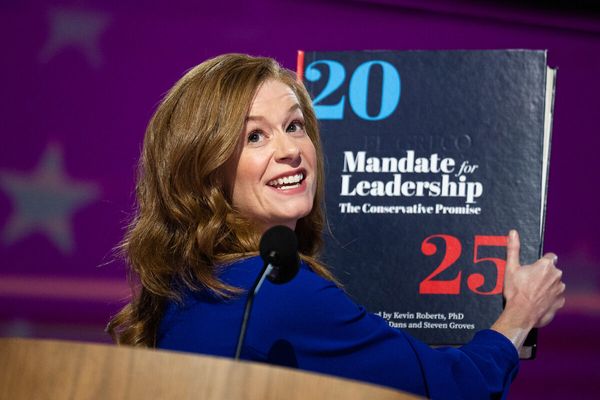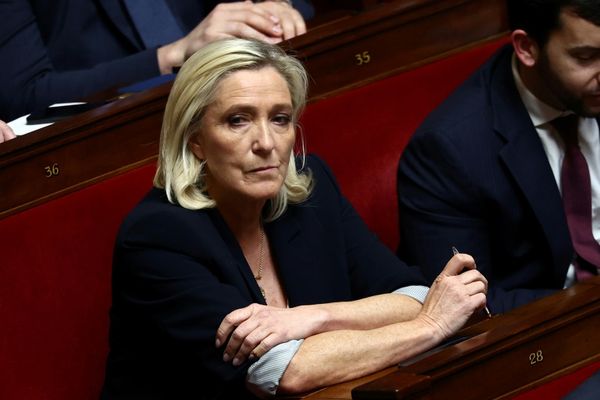A campaign against gangsterism in Cape Town, South Africa led by the People Against Gangsterism and Drugs (Pagad) turned violent in the mid-1990s when a group known as Pagad G-Force began what became known as an urban terrorism campaign. Lives on the Line, written by security analyst David Africa, is the true story of the secret team in the country’s crime intelligence division that waged a six-year battle against the terror group – and won. The terror campaign was brought to a standstill in 2002. Criminology professor Irvin Kinnes sets out why it’s a riveting read, a bold tell-all account by a brave author.
What was the backdrop to the terror campaign?
In 1995, one year after the country’s first democratic elections, a new law was passed creating the newly constituted South African Police Service. It was a tough year because the elements of the old order in the police service had great difficulty accepting the new democratic dispensation. But they had to collaborate with the people that they had tortured, jailed and, in some cases, maimed as a result of their role in political oppression in support of apartheid.
The new centurions (police guardians of the new order) of democracy were not yet in place. A system of dual power emerged in the police, where some of the commanders that were appointed were former members of the liberation movements. They were seen as “plastic cops” because they did not train in the police academies around the country, but in the bush. Some subsequently attended various training academies. They were all integrated with other homeland police agencies from the Transkei, Bophuthatswana, Venda and Ciskei states and other “independent” homelands that had existed under apartheid. In total, 11 agencies combined to form the newly created and democratic police service in 1995.
After 1994, many of the apartheid social controls such as restrictions on people’s movement, racially divided settlement and the death penalty were abolished. People were jubilant, hyper aware of their newly found rights.
The police were not prepared to deal with such a rights-aware population. In addition, freedom also unleashed huge social challenges such as crime and particularly drug and gang crimes. In the immediate aftermath of the political negotiations that ended apartheid and prior to the elections, crime rates surged, especially in 1993. Not all of the crime was criminal: some of the events related to political crime with mass movements and political parties clashing with each other and with the police.
The urban terror campaign, as labelled by members of the South African Police Service, extended from 1996-2002. This was also known as the Cape Flats war (referred to as the Pagad troubles by Africa) and was triggered by the campaign of the People Against Gangsterism and Drugs (Pagad). The organisation was initially made up of largely ordinary citizens across the religious divide, but later became almost exclusively Muslim led, and so was the G-Force.
Pagad led several marches on the Cape Flats against drug dealers and gangsters. These marches resulted in the death on 4 August 1996 of one of the co-leaders of the Hard Living gang, Rashaad Staggie, by a huge crowd of Pagad members who were escorted by the police’s Public Order Unit.
The execution resulted in a tit-for-tat killing between gang members and Pagad members.
What was Pagad G-Force? What led to its formation?
The Pagad G-Force were a group of men inside Pagad. They operated clandestinely outside its circle of influence of its public structures, but sometimes with its tacit support. Many of the members of the G-Force had received military training both inside and outside the borders of the country.
Some people claimed they were trained in Afghanistan and Iran, and they were operators who were armed and could manage themselves against some of the threats that gang leaders had made against them. They were a tightly knit unit that was able to retain secrecy in most of their operations, guarding it against police infiltration – a battle they ultimately lost, as Africa’s book shows.
The unit was accused of executing up to 30 senior gang leaders and drug dealers. Pagad would lead public marches against them and often publicly warned them to stop their drug dealing. This was followed by the homes of drug dealers being attacked. In many instances they were killed.
What does the book reveal about why it took so long to end the terror campaign?
There have been books that have attempted to document the Cape Flats war from different perspectives. But Africa tells the story from the inner sanctum of the state security apparatus that initially failed and eventually succeeded in penetrating the G-Force, Pagad and other formations.
His book provides significant insights that makes other books on the subject pale in comparison. Fighting terrorism (urban or other) requires patience and deliberate skilled analysis of data, patterns and personalities. It requires skills of analysis built up over many years of sifting through behaviours and actions of individuals and organisations perpetrating such crimes.
Read more: Here's how some of Cape Town's gangsters got out – and stayed out
For the first time, we are made privy to the ideological reasoning and political thinking, strategising and implementation of police operations that was decidedly different from the old state thinking of actions against adversaries they were investigating.
This was painstaking work and the level of co-operation between the new centurions of democracy in the police under the leadership of Africa and the old order. The old-order guardians were the same men and women in the old South African Police Force that had defended the apartheid government and did not trust the new police investigators from the liberation movements. They still had control of the police service in 1996. This was a recipe for creative and disruptive tensions, mistrust and outright sabotage of each other’s operations.
What was the author’s involvement in the police efforts?
The author was the head of a covert police intelligence team whose exclusive focus was to bring down the Pagad G-Force. He was central in conceptualising a new approach of working in a decontaminated group of intelligence officers made up of former liberation movement officers. Their job was to analyse information and turn it into actionable intelligence products that could be used to act against the Pagad G-Force.
What was different about this approach was they produced court-ready evidence which police detectives could use in courts against the accused Pagad bombers. He led the fight for the new covert unit to have the necessary resources, support from their colleagues when it was required and most importantly, the support of the then national commissioner, Jackie Selebi.
In this fight, Selebi quite clearly took sides and fully supported the actions of Africa and his colleagues to defeat Pagad’s G-Force. Africa makes this clear in his book and emphasises the support that was provided by Selebi.
What are the key takeaways from the book about fighting similar campaigns of violence?
The book puts together all the actors nationally and provincially and accords them the historical roles in each of their fields of expertise. It unravels the networks they spun to target, isolate, recruit and turn suspected G-Force operators.
This look from within the war machine against Pagad raises many questions for any reader.
It is a book for anyone who wants to understand the fight against terror, globally, regionally and locally, and what it really takes to bring people who commit such acts to justice.
Lives on the Line confirms why it is so difficult to investigate organised crime and urban terrorists today.
Irvin Kinnes does not work for, consult, own shares in or receive funding from any company or organisation that would benefit from this article, and has disclosed no relevant affiliations beyond their academic appointment.
This article was originally published on The Conversation. Read the original article.







